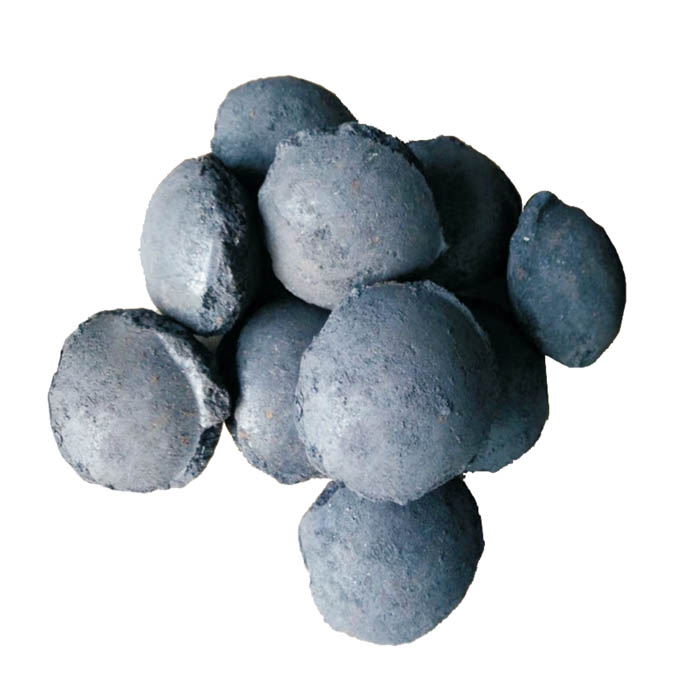okt . 31, 2024 04:50 Back to list
chromatography adsorbents
Understanding Chromatography Adsorbents
Chromatography is an essential analytical technique widely used in chemistry, biochemistry, and various fields of life sciences for the separation, identification, and purification of components in mixtures. At the heart of this technique lies the concept of adsorption, which plays a crucial role in the efficacy of chromatography. The choice of adsorbents—materials that facilitate the adsorption process—is fundamental to achieving optimal results in chromatographic separations.
Adsorbents are materials that can attract and hold onto molecules from a mixture through various intermolecular forces such as van der Waals forces, hydrogen bonding, and ionic interactions. The type and characteristics of the adsorbent will significantly influence the separation process, affecting parameters such as resolution, speed, and yield of the desired analytes.
Common types of chromatography include liquid chromatography (LC), gas chromatography (GC), and thin-layer chromatography (TLC). Each of these methods employs different adsorbents tailored for specific applications. In liquid chromatography, for instance, silica gel is one of the most frequently used stationary phases due to its high surface area and tunable properties. Silica can be modified with various functional groups, such as alkyl chains, to selectively alter its interaction with analytes.
Another important class of adsorbents is polymer-based materials, which are particularly useful in high-performance liquid chromatography (HPLC) for the separation of biomolecules and complex organic compounds. These polymers can be engineered to enhance selectivity and stability, providing researchers with the versatility needed for a wide range of applications. Furthermore, the introduction of monolithic columns, which feature a continuous porous structure, has revolutionized HPLC by enabling faster separations with lower backpressure compared to traditional packed columns.
chromatography adsorbents

In gas chromatography, the choice of stationary phase often incorporates a polymeric or a liquid coated on a solid support, which allows volatile compounds to be separated based on their volatility and interaction with the stationary phase. This technique is critical for the analysis of flavors, fragrances, and environmental samples, where sensitivity and precision are paramount.
Thin-layer chromatography, while more simplistic, often utilizes adsorbents like aluminum oxide or silica gel on plates
. It is widely used for rapid qualitative analysis, such as monitoring reaction progress or identifying unknown substances in a sample.The choice of adsorbent can also have significant implications for efficiency and reproducibility. Factors such as particle size, pore size, and surface chemistry must be carefully considered to ensure that the adsorbent enhances the separation process rather than hindering it. Innovations in nanomaterials and hybrid adsorbents are paving the way for better performance, durability, and lower costs in chromatographic applications.
In conclusion, the selection of appropriate chromatography adsorbents is crucial for the success of chromatographic techniques. A thorough understanding of the properties and behaviors of these materials facilitates better separations, leading to enhanced analytical performance. Continued research and development in this area will likely yield even more effective adsorbents, expanding the capabilities of chromatography across various scientific disciplines.
-
High-Quality Fe-C Alloy Leading Manufacturers & Spherical Alloy Materials Supplier
NewsJun.10,2025
-
Premium Low Nitrogen Recarburiser Supplier & Manufacturer – High Quality Exporters
NewsJun.10,2025
-
DT4 High-Quality Magnetic Materials Leading DT4 Manufacturer & Supplier
NewsJun.10,2025
-
High-Performance Spring Steel Suppliers Custom Solutions
NewsJun.10,2025
-
Premium SWRCH6A Manufacturer Steel Wire Supplier & Factory
NewsJun.10,2025
-
Premium Mild Steel Wire Rod Supplier & Manufacturer
NewsJun.10,2025
